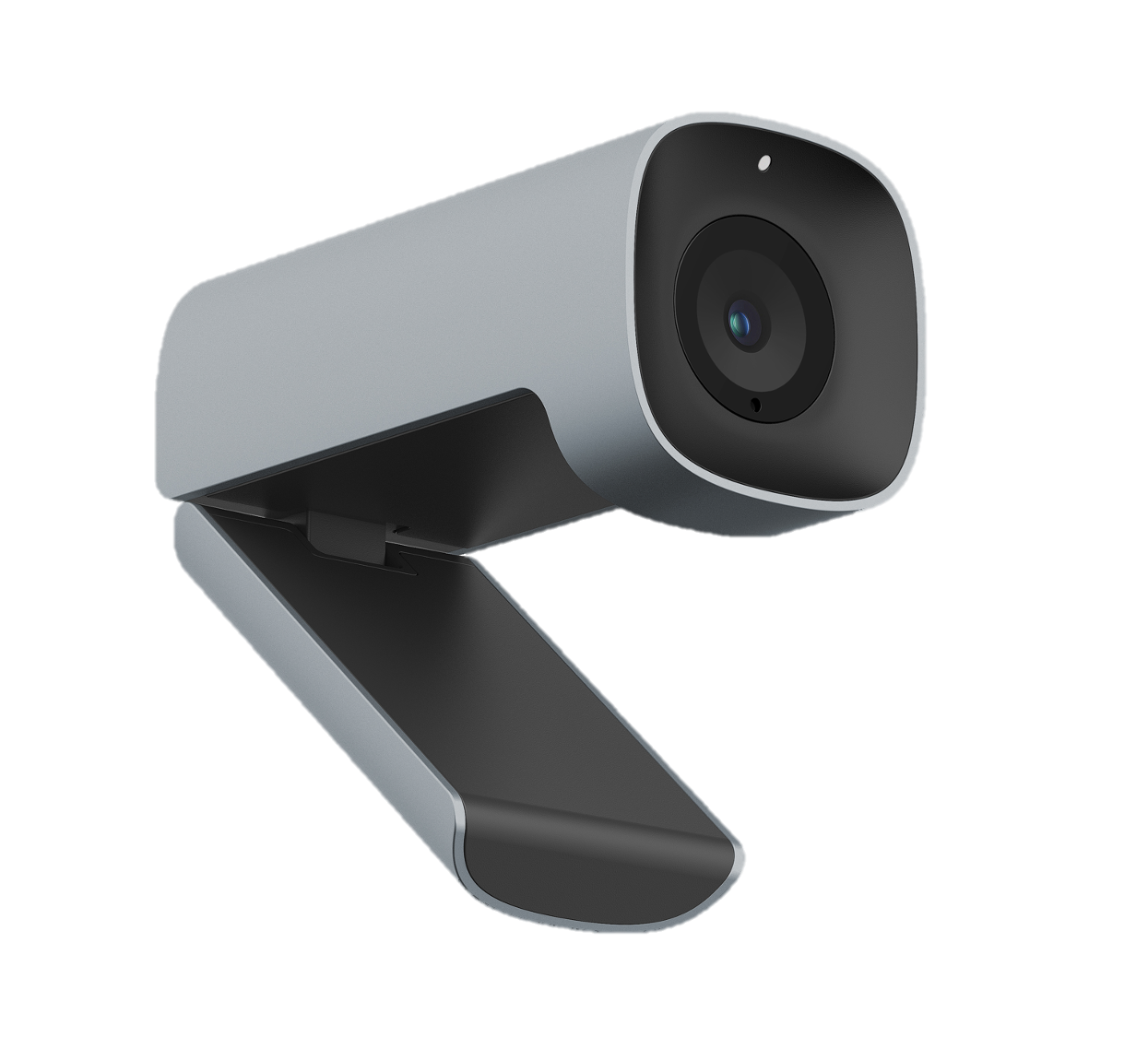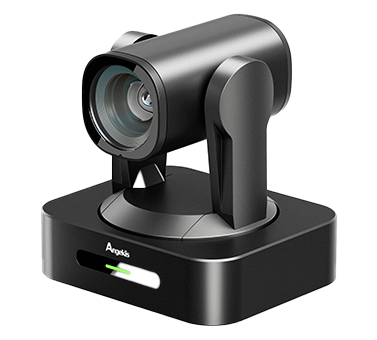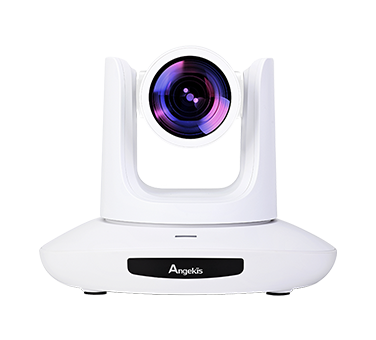The Development Process of Video Conference
1. The development history of international video conferencing
Video conference, also known as video conferencing, is a way to hold a conference through a TV (or multimedia device) and a communication network. When a meeting is held, participants in two or more different locations can hear each other's voice, see the other's image, and you can also see the scene of the other party's meeting room, as well as the objects, pictures, files, etc. displayed in the meeting room, which narrows the distance between the delegates, thus fulfilling the purpose of the meeting. From a technical point of view, at the sending end, images, sounds and texts are converted into digital signals, compressed and encoded, and then transmitted to the receiving end through the communication network. At the receiving end, these signals are restored into receivable audiovisual signals.
The application of video conferencing has a history of more than 30 years, during which it has experienced a development process from analog video conferencing to digital video conferencing. The research on video conferencing began in the 1960s, when AT&T introduced analog video conferencing, but it was not developed due to the limitations of technical conditions and telephone bandwidth at the time. After entering the 1970s, digital signal processing technology, communication technology, and other related technologies have made great progress, and the production cost has been declining, which greatly improved the practicability of video conferencing and developed advantages of video conferencing, and made it gradually enter the market. After entering the 1980s, with the rapid development of large-scale integrated circuit technology, breakthroughs have been made in image encoding and decoding technologies, which provided good conditions for the development of video conferencing towards digitalization and practicality. In the early 1990s of the 20th century, the first set of international standards H.320 was passed, and the compatibility problem of products of different brands was solved. Since then, video conferencing products of different grades have continuously entered government agencies, scientific research units and education departments. Looking at the development of video conferencing, Mr. Norman Gate, chairman of pictureTeI in the United States, believes that the development of video conferencing can be roughly divided into four stages.
The first stage is the dial-up group video conference. The second stage is the ISDN-based desktop. The third stage is the multicast video conference on the LAN. The fourth stage is the multicast video conference on the Internet.
2. The development history of video conferencing in China
The research on video conferencing in China started from the black-and-white video conferencing in the early 1970s. In 1978, the experimental video conferencing business was opened between Beijing and Guangzhou for the first time. Although various video conference experiments appeared in China as early as possible, the real realization of video conference services began after the opening of the international public video backbone network in 1994. With the rapid development of network technology and multimedia technology, video conferencing has gradually been integrated into people's lives and work, providing fast and intuitive communication methods for users in different places, and has been used in government departments, telemedicine, remote monitoring and It has been more and more widely used in distance education. As a leader in computer software development, Angekis Technology has been committed to contributing to the development of video conferencing.
























